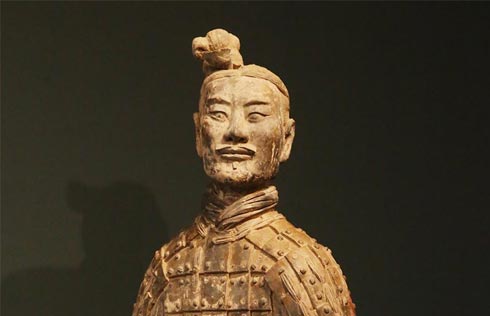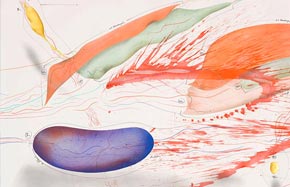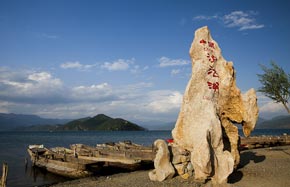Chinese archaeologists unearth secrets of world history
The foreign excavations coincide with the Belt and Road initiative proposed by China in 2013. The initiative involves the expansion of infrastructure and trade networks to connect Asia with Europe and Africa along the ancient trade routes. Many foreign destinations are along the ancient Silk Road and such endeavors have strong support from the government, Wang said.
Wang led the first team to Copan in July 2014, accompanied by William Fash, a Harvard University archeologist who started excavating in Honduras in the late 1970s. Although China came to the picture fairly late, Fash said he had great confidence in Chinese archaeologists' abilities and strongly believed they would contribute to the study of Mayan civilization.
In the Mingtepa project, Chinese archaeologists employed a unique China-made tool known as "Luoyang spade". Through five excavations, they successfully broadened the excavation site size and proved that over 2,000 years ago Mingtepa was not simply a provisional garrison fort for nomads, but a fully functional castle, the largest in the Fergana Valley.
Li's team also used drone cameras, high resolution professional software and 3D modeling. Their work proved more efficient and accurate than established local practices in recording the location, topology and properties of units of the excavation grid.
The Mayans often built over existing sites, a testament to their belief in life-cycle theory. For the excavation of 8N-11, Li adopted the conventional approach of tunneling. He was careful to examine and record the colors and properties of soil. A little over a year later, Li had a clear picture of four main stages of construction, destruction and reconstruction of the 8N-11 complex structure. He was able to answer many questions related to the development of divine kingship, expressions of cosmology, roads, architecture and sculptures, and to conjecture about the causes of the collapse of Mayan dynastic rule.
Chinese archaeologists are achieving positive results in other countries. A Kenyan project undertaken by a team with Peking University's School of Archeology and Museology has not only made a fruitful survey of ceramic exports from China to Africa, but also uncovered, through excavations at five coastal sites, a large quantity of ancient relics, which put the existence of the early Malindi Kingdom at around the 9th and 10th centuries. Chinese scholars also proved the region accommodated an iron smelting industry and was an important manufacturing base for iron products in the early trading era of the Indian Ocean. The finding was well received by Kenyan scholars, who hailed it as a great advance in the study of the Swahili coast of Africa.
"One of the main purposes of the archaeological projects is to get a world perspective in our research on the development of societies, to appreciate and share the beauties of other cultures," Li told Xinhua in a recent interview.
At Copan, Li makes efforts to learn Spanish. By mastering the local language, he hopes he can respond more rapidly next time when an incident occurs. He also wishes to continue working on the Mayan culture after the current project winds up in 2019.
"The American archaeologists have committed to the Maya study for more than a hundred years now. We can do the same," he said, "The serene pyramids scattered in the tropical forest are beckoning."



















